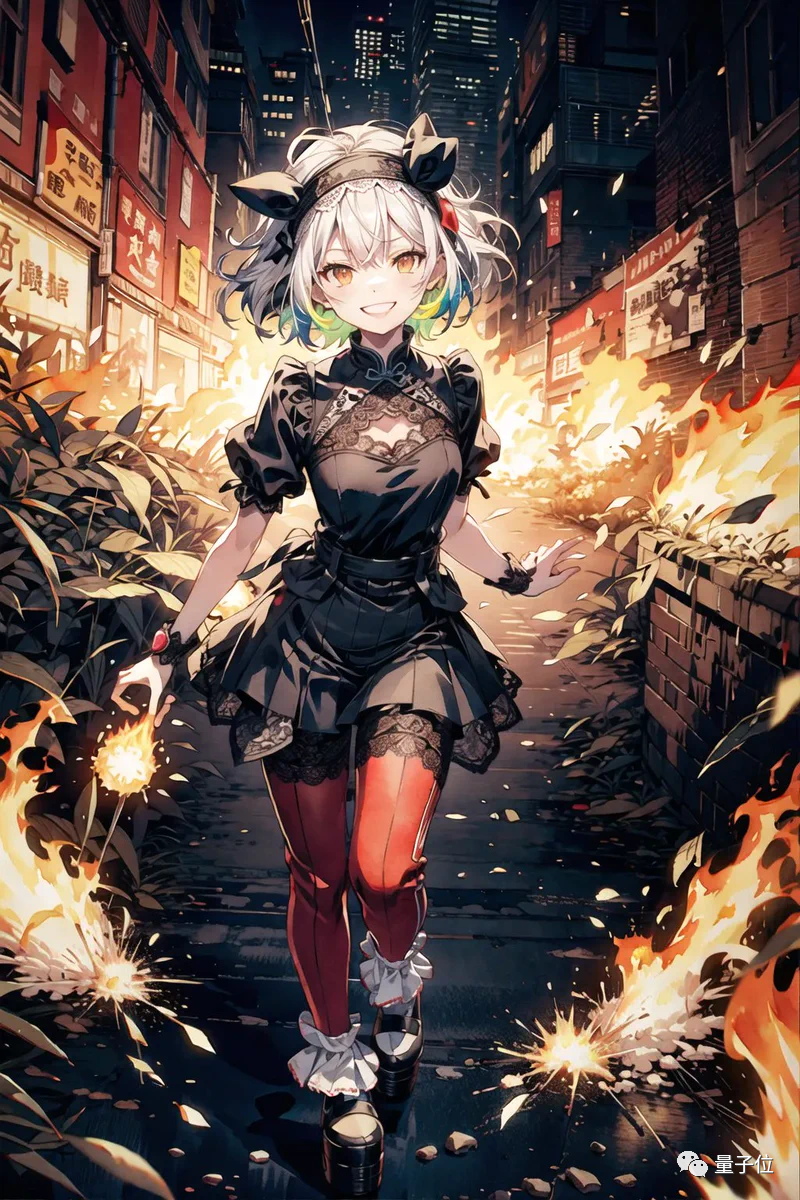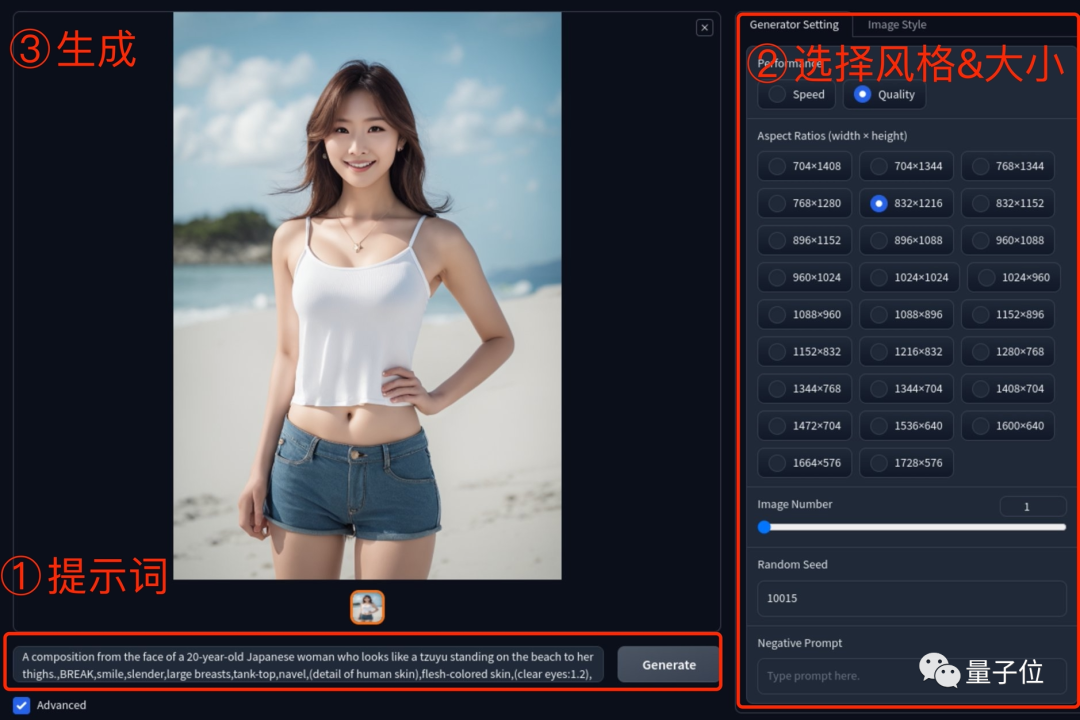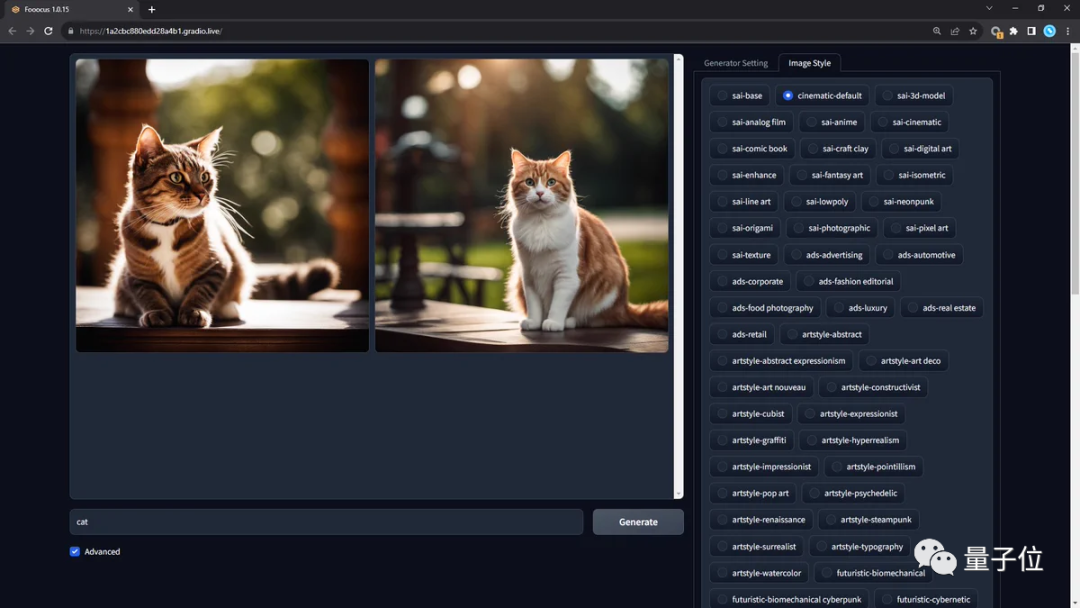- Pin
- Where will TRUMP coin land by 8:00 AM UTC, April 30? 🙋
- 🎉 Gate.io Growth Points Lucky Draw Round 🔟 is Officially Live!
Draw Now 👉 https://www.gate.io/activities/creditprize?now_period=10
🌟 How to Earn Growth Points for the Draw?
1️⃣ Enter 'Post', and tap the points icon next to your avatar to enter 'Community Center'.
2️⃣ Complete tasks like post, comment, and like to earn Growth Points.
🎁 Every 300 Growth Points to draw 1 chance, win MacBook Air, Gate x Inter Milan Football, Futures Voucher, Points, and more amazing prizes!
⏰ Ends on May 4, 16:00 PM (UTC)
Details: https://www.gate.io/announcements/article/44619
#GrowthPoints#
- 📢 Gate Post Ambassador are Now Actively Recruiting! 🔥
💪 Join Gate Post Ambassador and embark on an exciting journey of creativity and rewards!
Why Become a Gate Post Ambassador?
🎁 Unlock Exclusive Benefits and Showcase Your Talent
- Special Benefits Tasks – earn while creating
- Exclusive Merch – represent Gate.io in style
- VIP5 & Golden Mark – stand out from the crowd
- Honorary Ambassador – shine in the spotlight
🚀 As an Ambassador, You Will Be:
- A key influencer in the community
- A creative leader in the Web3 space
- A driving force behind top-quality content
🎉 Click the link to be
4G video memory with low configuration to play AIGC! The new work of the author of ControlNet reached the top of the GitHub hot list
Article Source: Qubit
Text: Cressy Xiaoxiao
Play AI Painting, now you don't have to worry about being "backstabbed" by Old Huang knife skills!
All you need is a GTX 1650 (4GB video memory) from 4 years ago, and the AI rendering effect is comparable to the current best open source model SDXL.
** **△ Source: Twitter @ナビ
**△ Source: Twitter @ナビ
This is a new project Fooocus that has dominated the TOP 1 list on GitHub for several days in a row. It has been marked with 4K in three days. It is produced by ControlNet author.
Unlike other open source AI tools, Fooocus "focuses on the generation itself", not only has low hardware requirements, but also is easy to use, very novice friendly——
There is no need to adjust any parameters in the whole process, just click the mouse, and an image can be generated in 3 steps.
** ****△**Picture source Twitter @Photogenic Weekend
****△**Picture source Twitter @Photogenic Weekend
Some netizens called out, "This is simply the culmination of Stable Diffusion and Midjourney":
Colab draws the picture in half a minute, the effect is comparable to SD
From the perspective of the running interface, Fooocus has more than one hundred built-in styles to choose from.
** ****△**Picture source Twitter @camenduru
****△**Picture source Twitter @camenduru
As for efficiency, Fooocus is also very fast in drawing. In Colab, it takes about half a minute to draw a picture in speed priority mode:
** **### △The picture has been accelerated
**### △The picture has been accelerated
Then let it draw a caricature first, and see what the "Mazar War" will look like from the perspective of AI. (Not this Mazaha)
(Reminder: There is no winner in a fight)
If you ignore the LOGO, the design sense of poster is quite online.
When it comes to imitating famous works, there's a Cyberpunk version, a Zelda version, a Minecraft version, and even a Pokémon version of Musk to watch.
Of course, there are endless examples, readers and friends of more styles can experience it by themselves.
(It has to be said that the text in the AI drawing is finally not a ghost drawing)
The interface of Fooocus belongs to Aunt Jiang, which can be said to be very concise:
If you are just trying something new and have no special requirements, this prompt box is completely enough.
Because the author has internalized many complex skills into the program, these operations of tuning parameters no longer need to be done manually.
(By default, two pictures are output at a time, the size is 1152×896, the style is cinematic default, and the speed is prioritized)
If advanced settings are required, tick Advanced in the lower left corner, and the configuration information will appear on the right side of the page, divided into three tabs:
If you are a professional player, you can also choose the model version and even adjust the LoRA parameters.
For the same content, the following GIF shows the change of sharpness from 2 to 10 and then to 20. It can be seen that as the sharpness increases, the details of the picture become more and more abundant:
For example, we input the prompt word "apple", and the result is a girl.
This... is it trying to say "You're the apple of my eyes"?
If you have a Windows machine with an Nvidia graphics card, you can use the out-of-the-box version. (Probably this is the 114514th time Lao Huang has won mahjong)
At the same time, the hardware needs to meet the minimum configuration requirements - 4GB video memory + 8GB memory.
Download directly from here first:
After decompression, double-click run.bat to run, the system will automatically download the model and deploy it, and it can be used after the configuration is completed.
(If you have Jupyter, you can also refer to the note file used in Colab)
First, install the environment dependencies:
git clone cd Fooocus conda env create -f environment.yaml conda activate fooocus pip install -r requirements_versions.txt
Then download the model file and store it in the specified directory:
** **△ For details, please refer to the GitHub page
**△ For details, please refer to the GitHub page
Of course, you can also let the system automatically download the model:
python launch.py
If you are using a Mac, or the hardware configuration does not meet the requirements, you can also run it directly with Colab.
(Portal:
However, what I still have to complain about is that the Colab version will crash several times from time to time, either automatically stopping or memory overflow...
On the whole, Fooocus's image output effect is good. If the prompt word is selected well, it can even be used as Stable Diffusion. The key is that the hardware configuration requirements are not high.
How on earth is this possible?
From the latest project of the author of ControlNet
In terms of architecture design, Fooocus is mainly divided into two parts: the interactive interface and the AI model.
Among them, interactive interface refers to two projects, namely stable-diffusion-webui and ComfyUI.
stable-diffusion-webui is mainly the front-end design of the interactive interface:
However, although the model and UI design of Fooocus refer to the ready-made Stable Diffusion open source project, the author incorporated a lot of his own optimization design when making it, making the model run smoother.
For example, the author carefully adopted the advanced k-diffusion sampling method designed by himself in Fooocus, which can improve sampling continuity, reduce performance loss, and improve sampling efficiency;
In addition, the author also carefully adjusted the parameters of the sampler (Sampler), and modified and added some new settings including movie style on the basis of the original version.
The reason why the LoRA option is added to Fooocus is that the author found that the SDXL model with LoRA (weight setting less than 0.5) is almost always better than the SDXL model without LoRA.
The author who developed the Fooocus project is named Lvmin Zhang. He graduated from Soochow University in 2021 and is currently a PhD student at Stanford University.
Several projects he has done, including ControlNet and style2paints, almost all of them exploded:
On social media, some netizens have spontaneously compiled the Fooocus version of a collection of prompt words in different styles Excel.
If you don't know what kind of picture to generate, just refer to the prompt words in this document:
project address:
Reference link: [1] [2] Collection of prompt words: [3] [4]